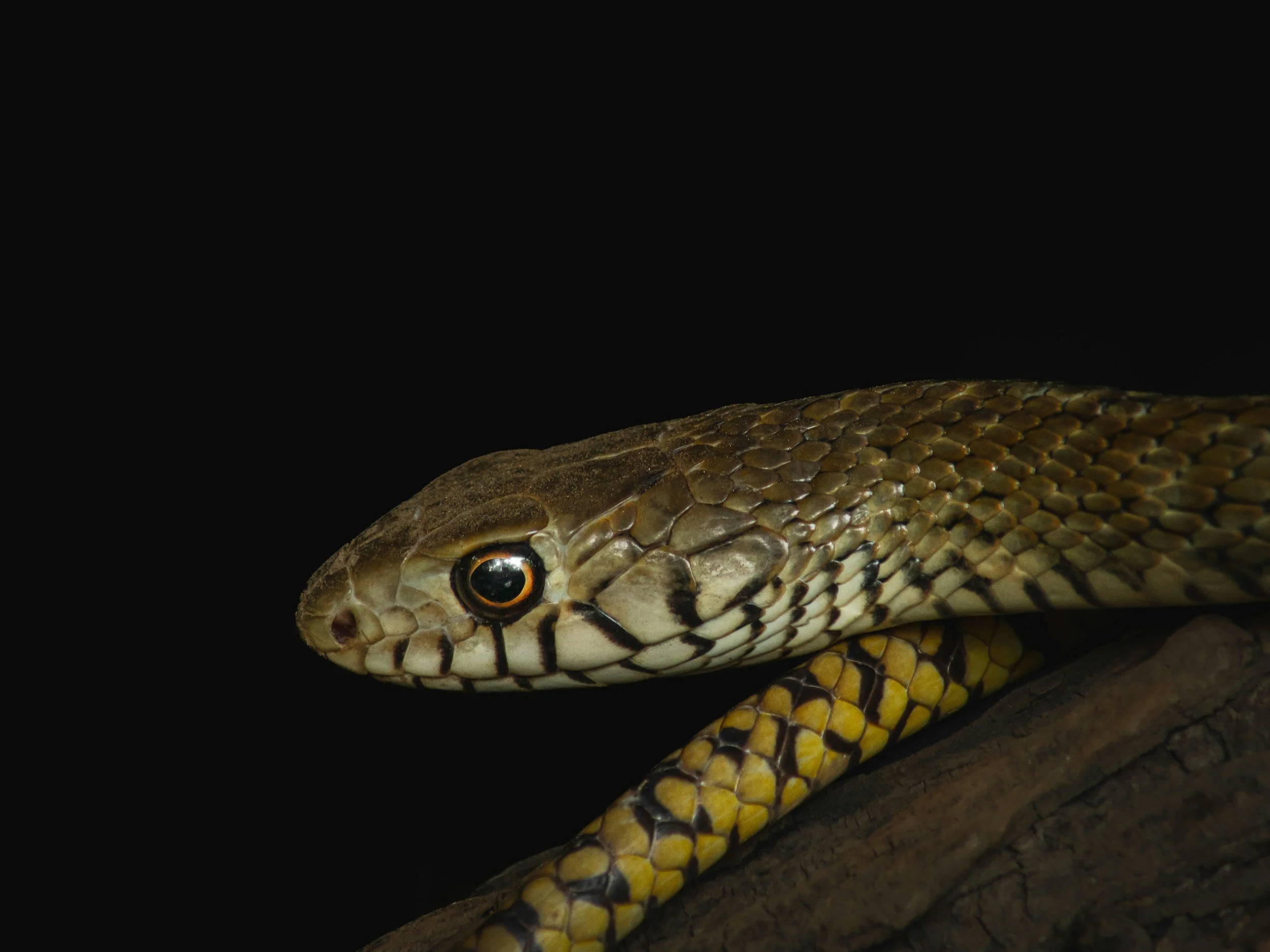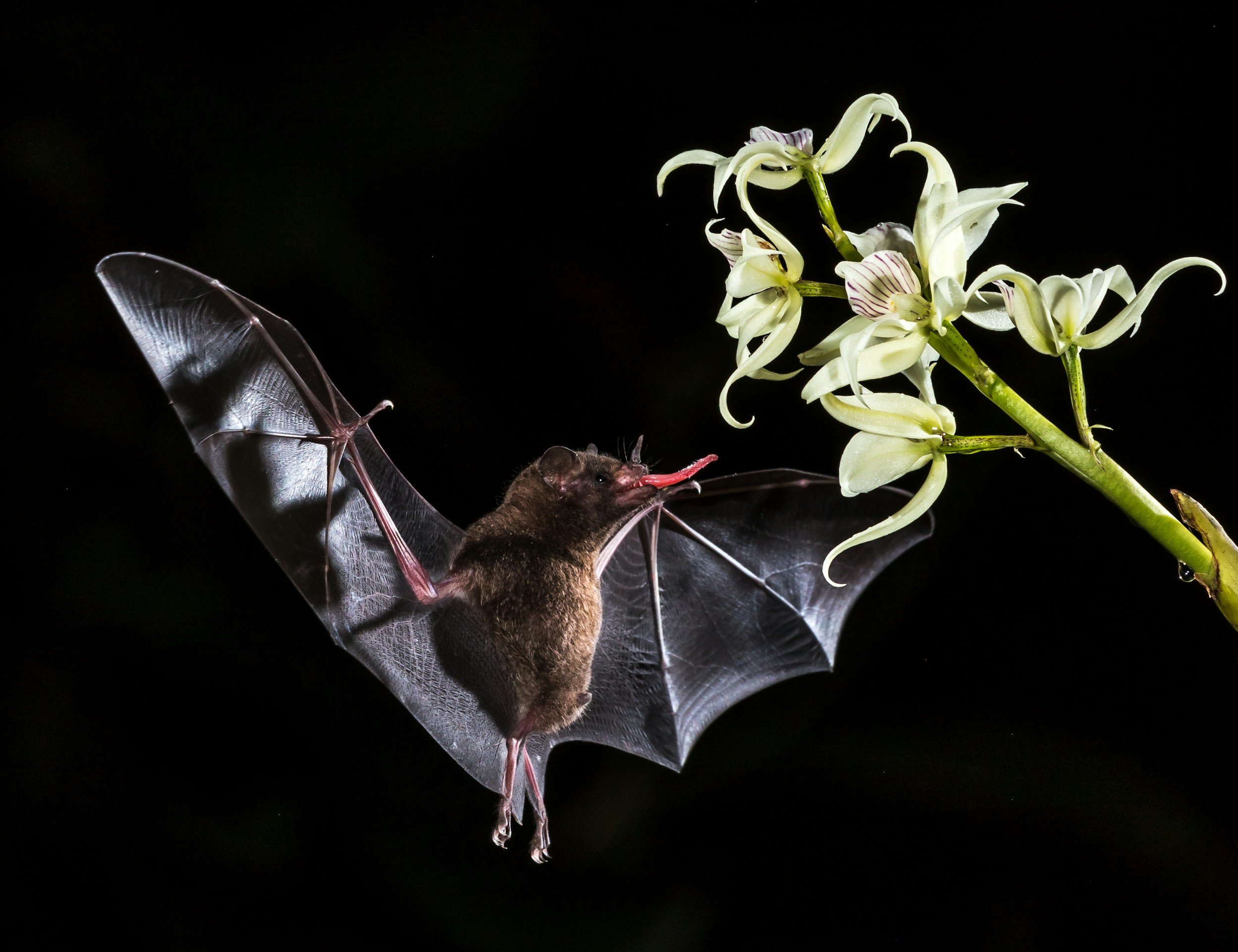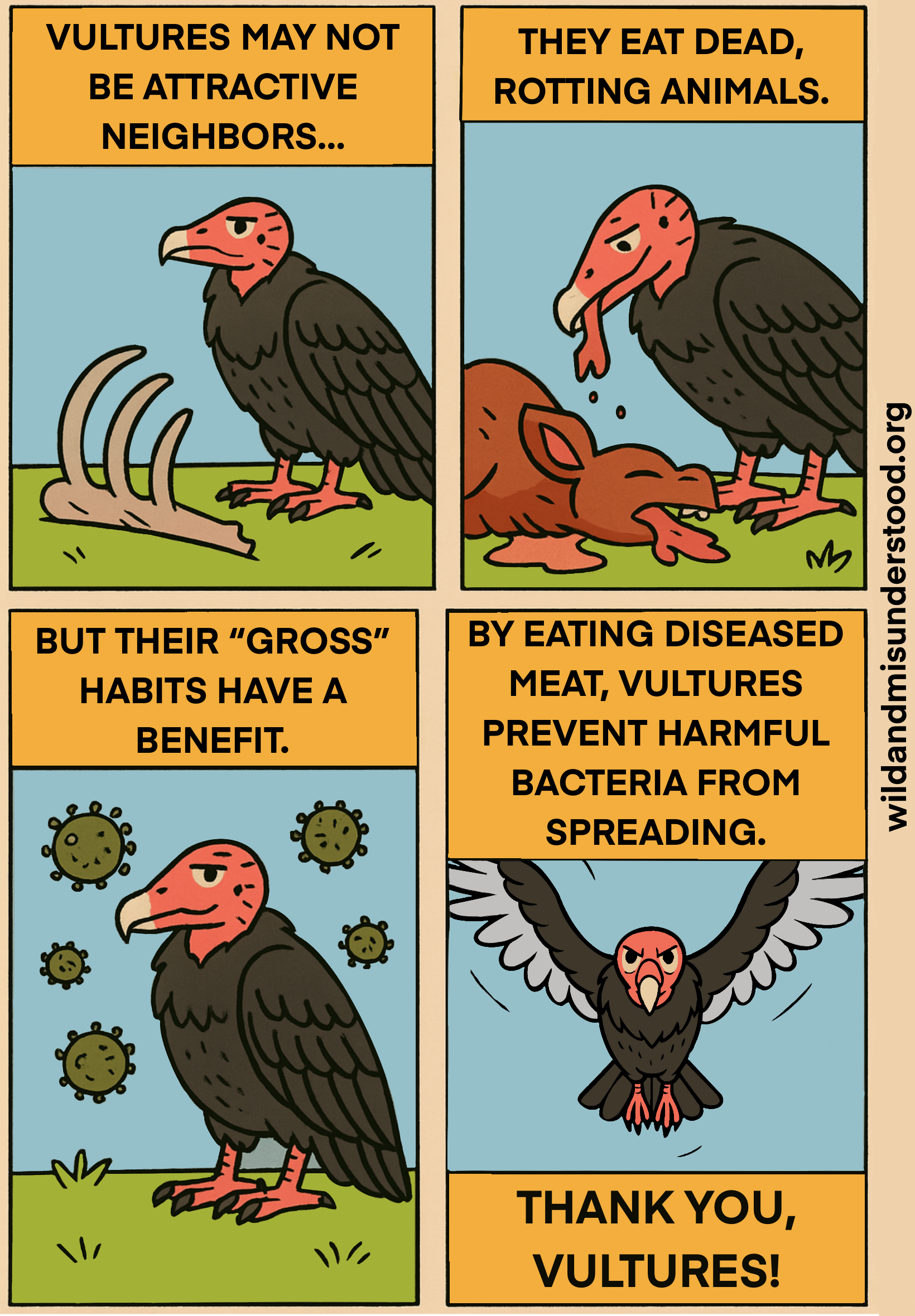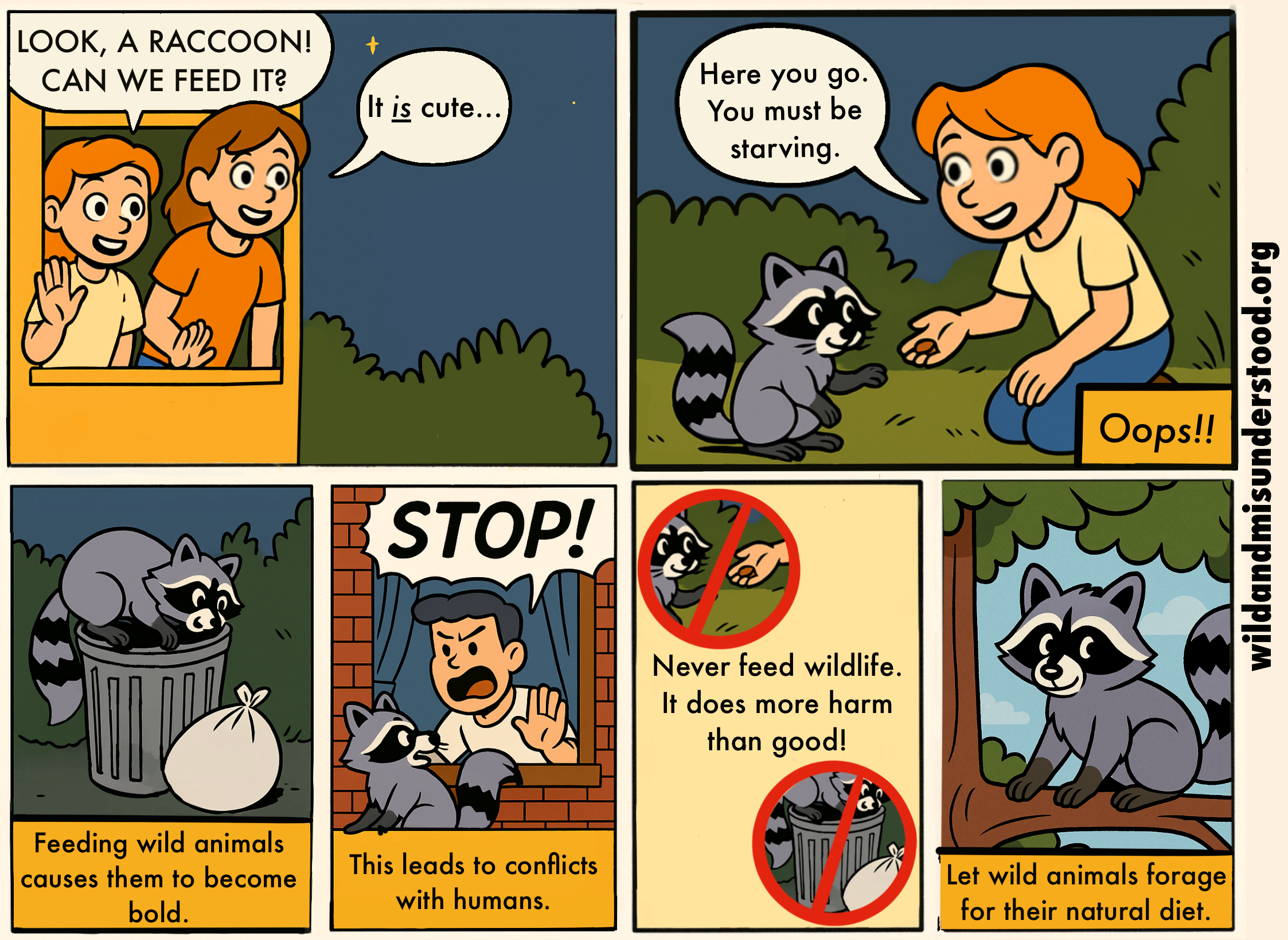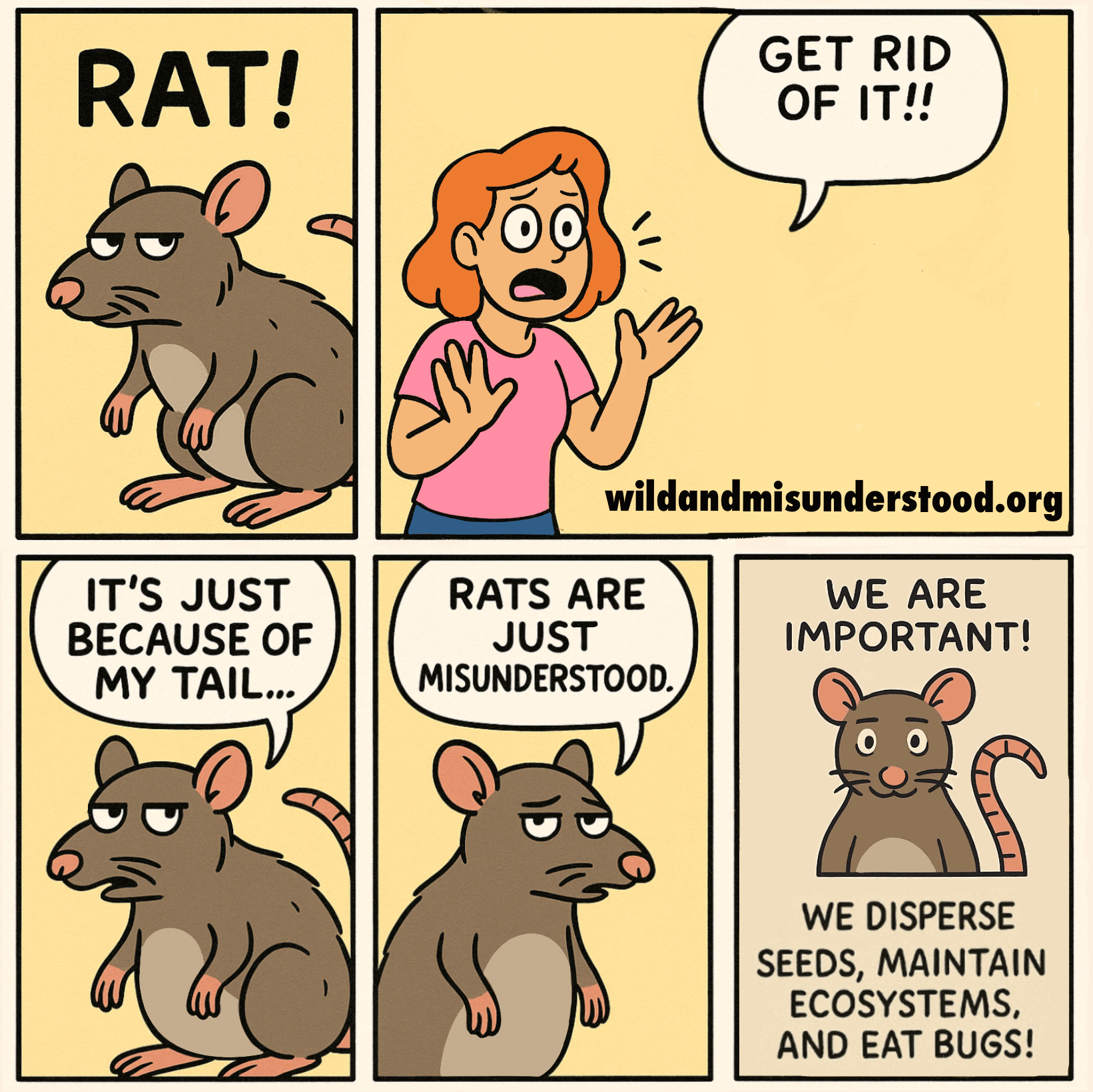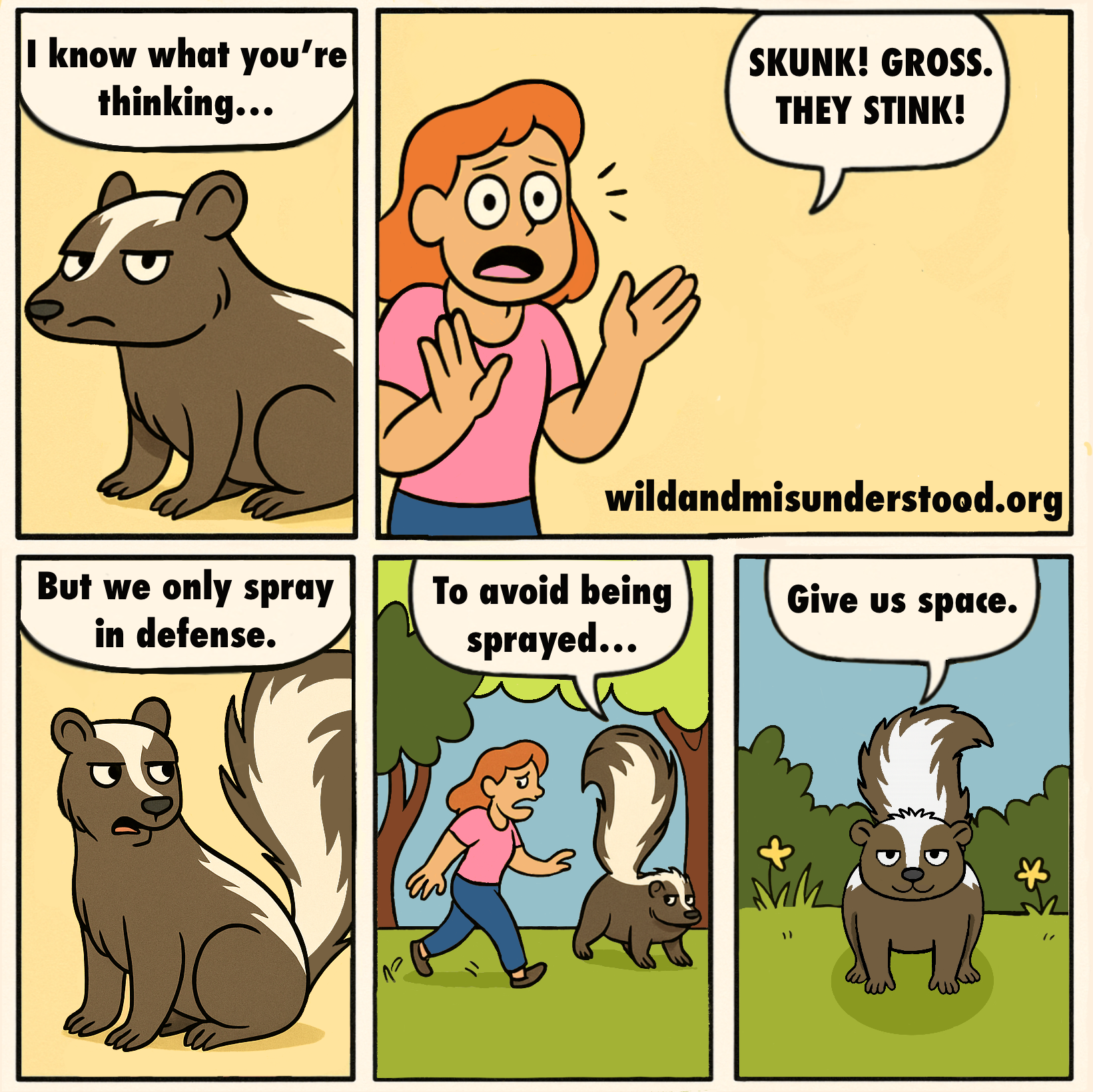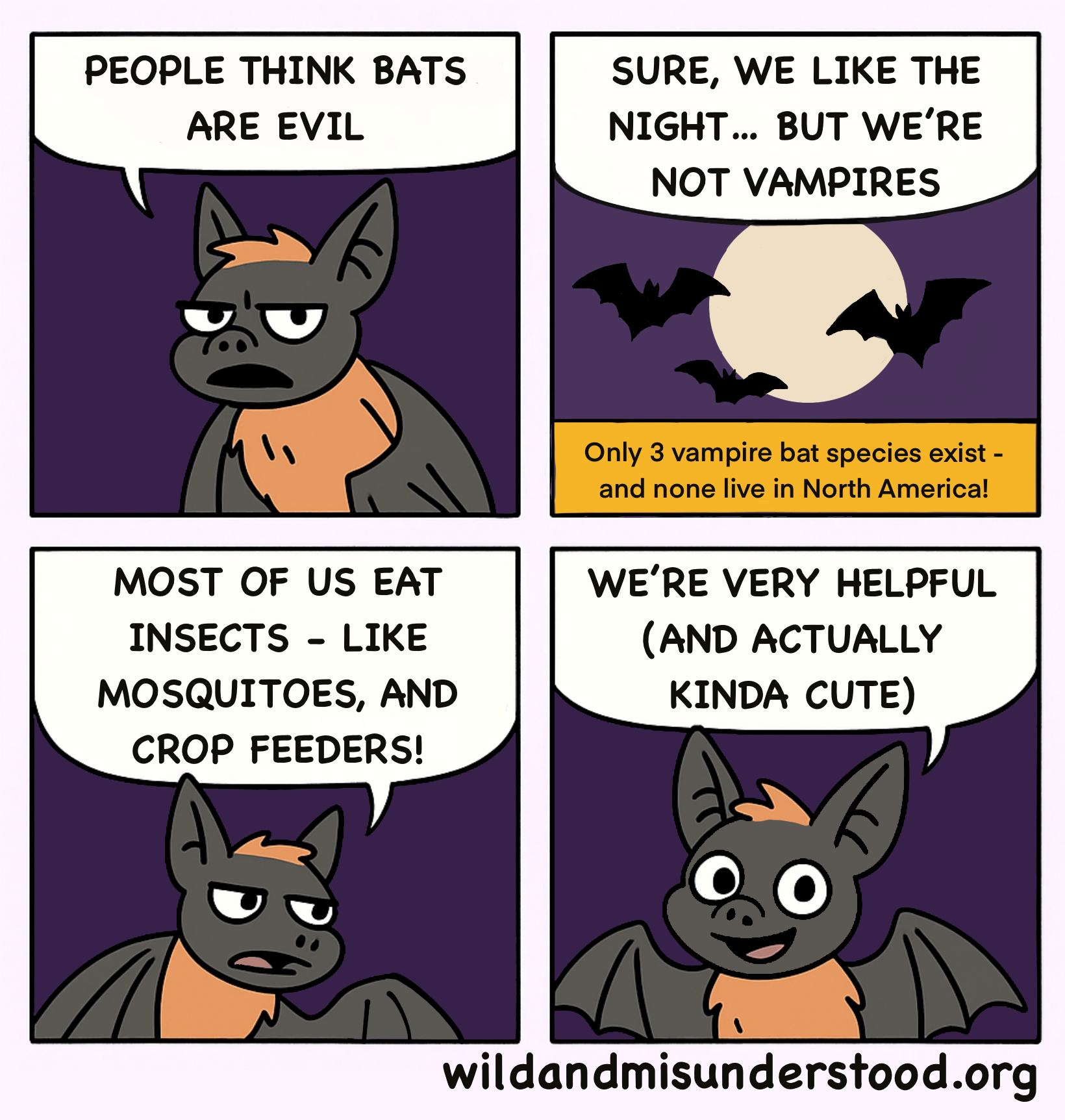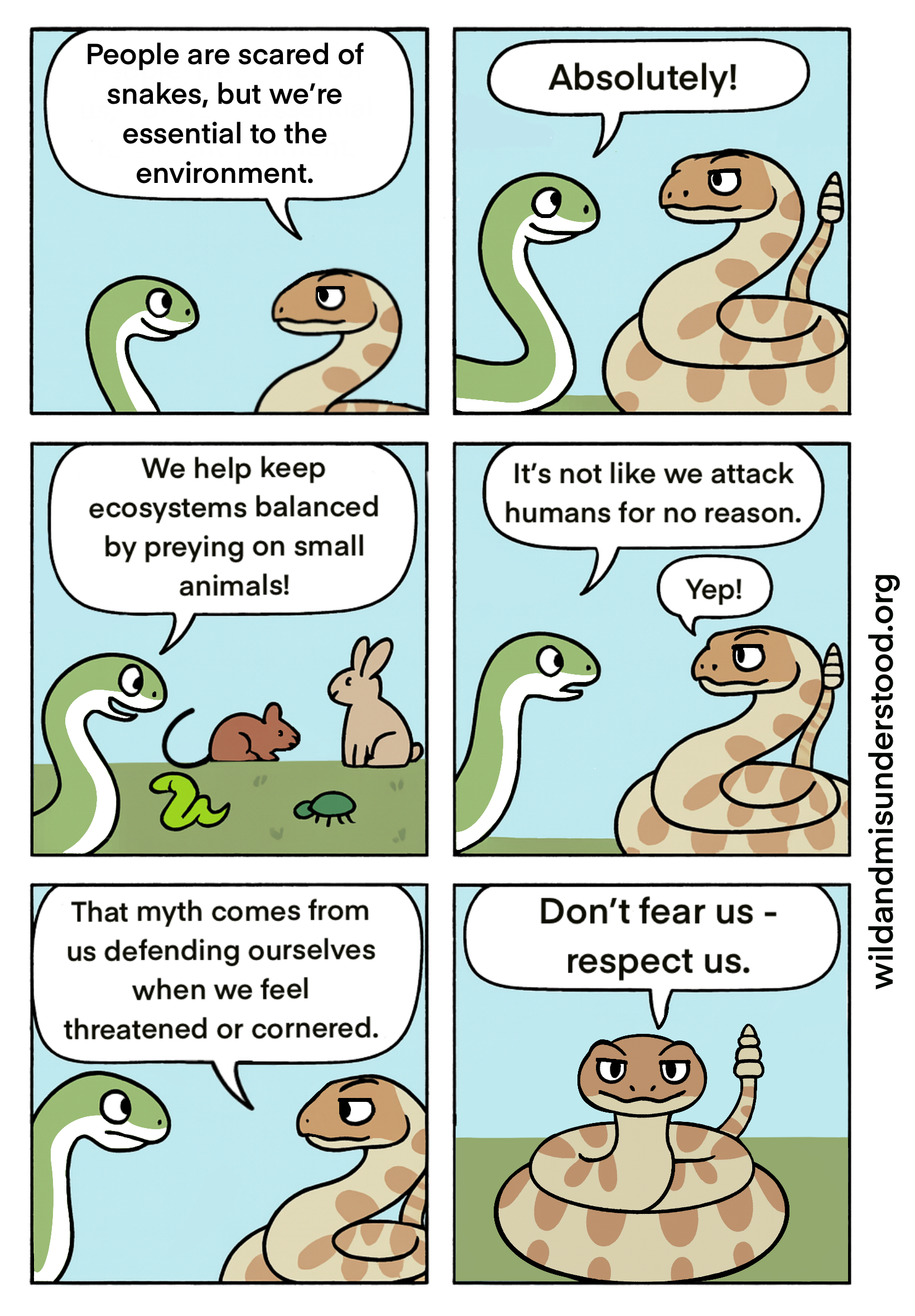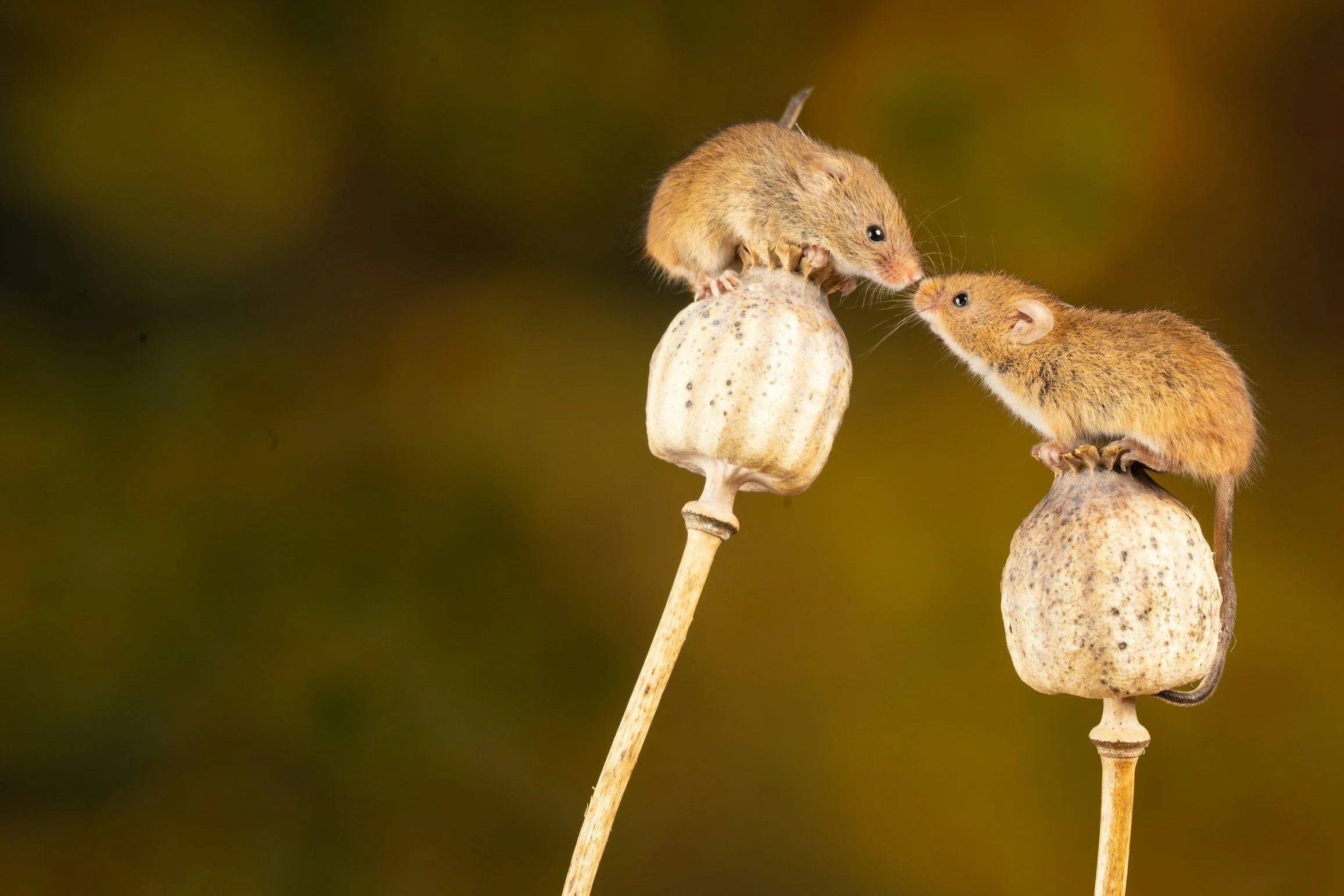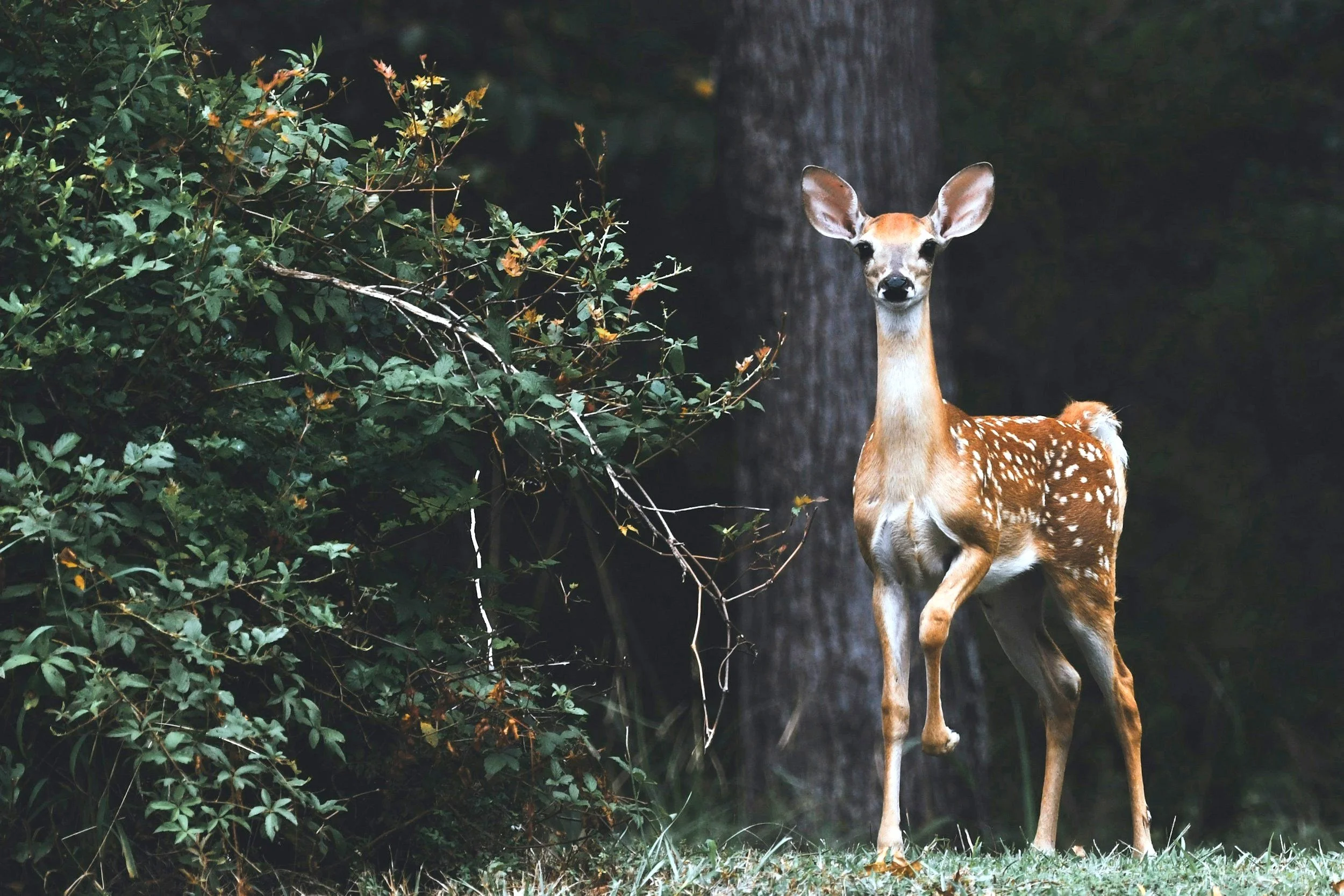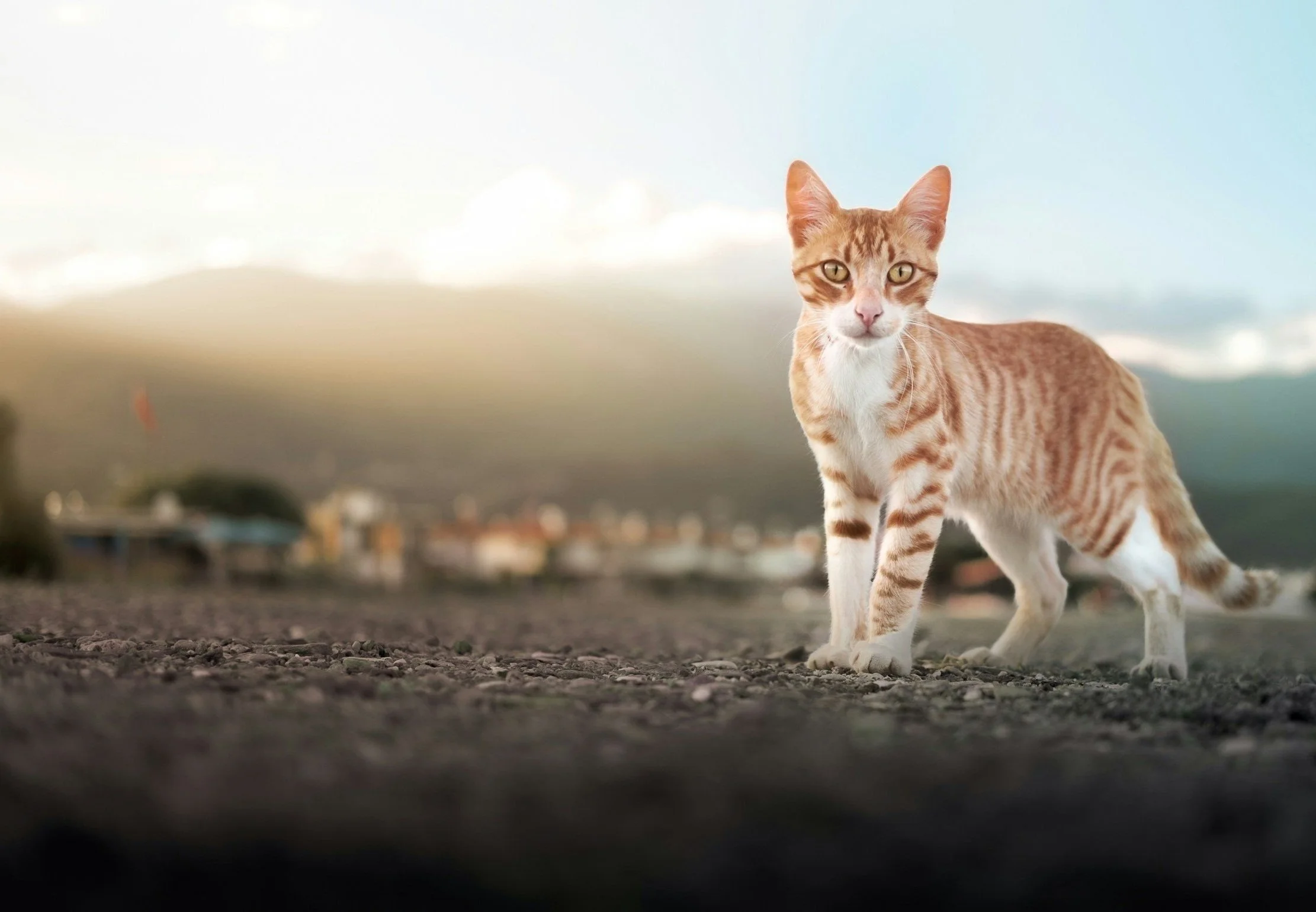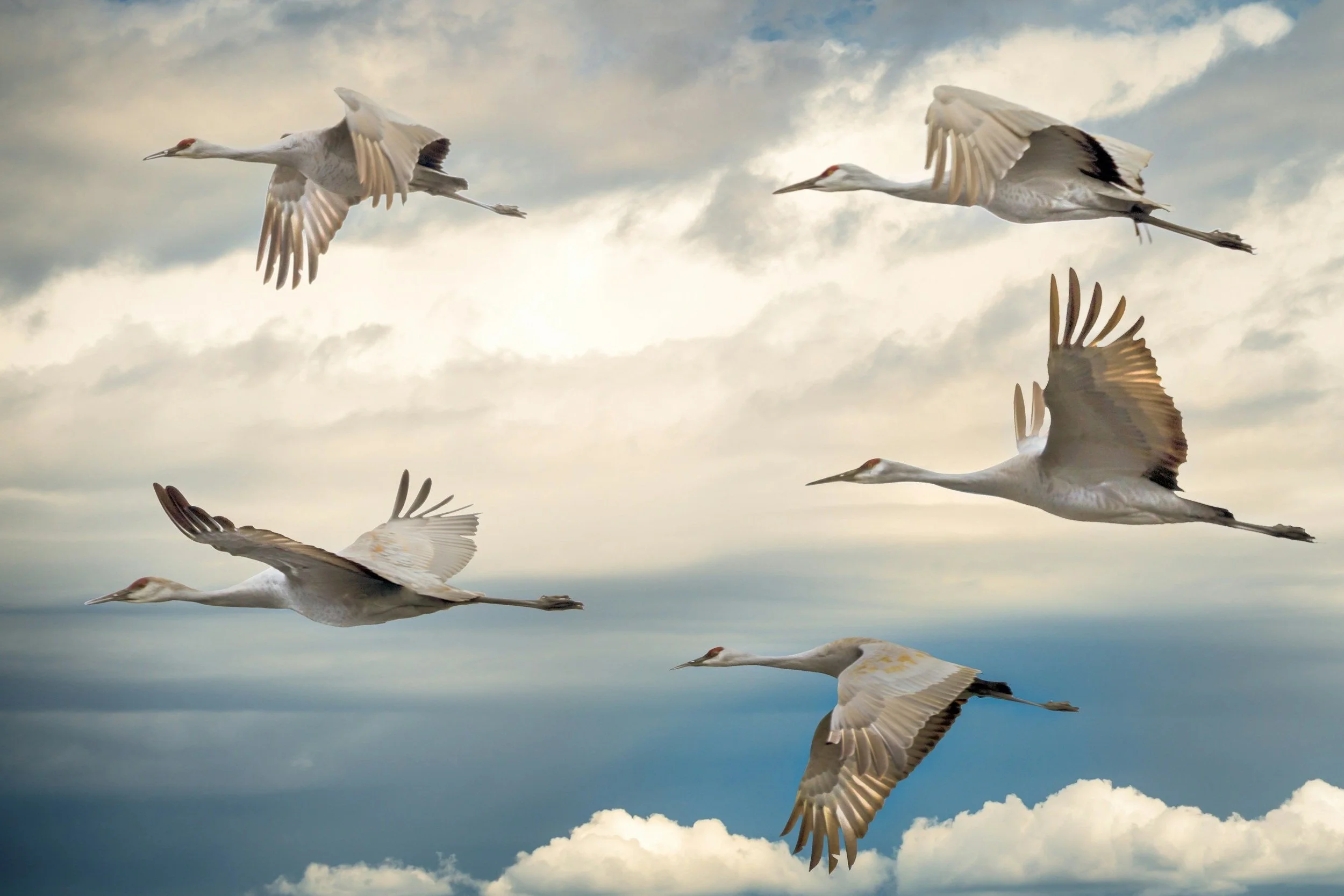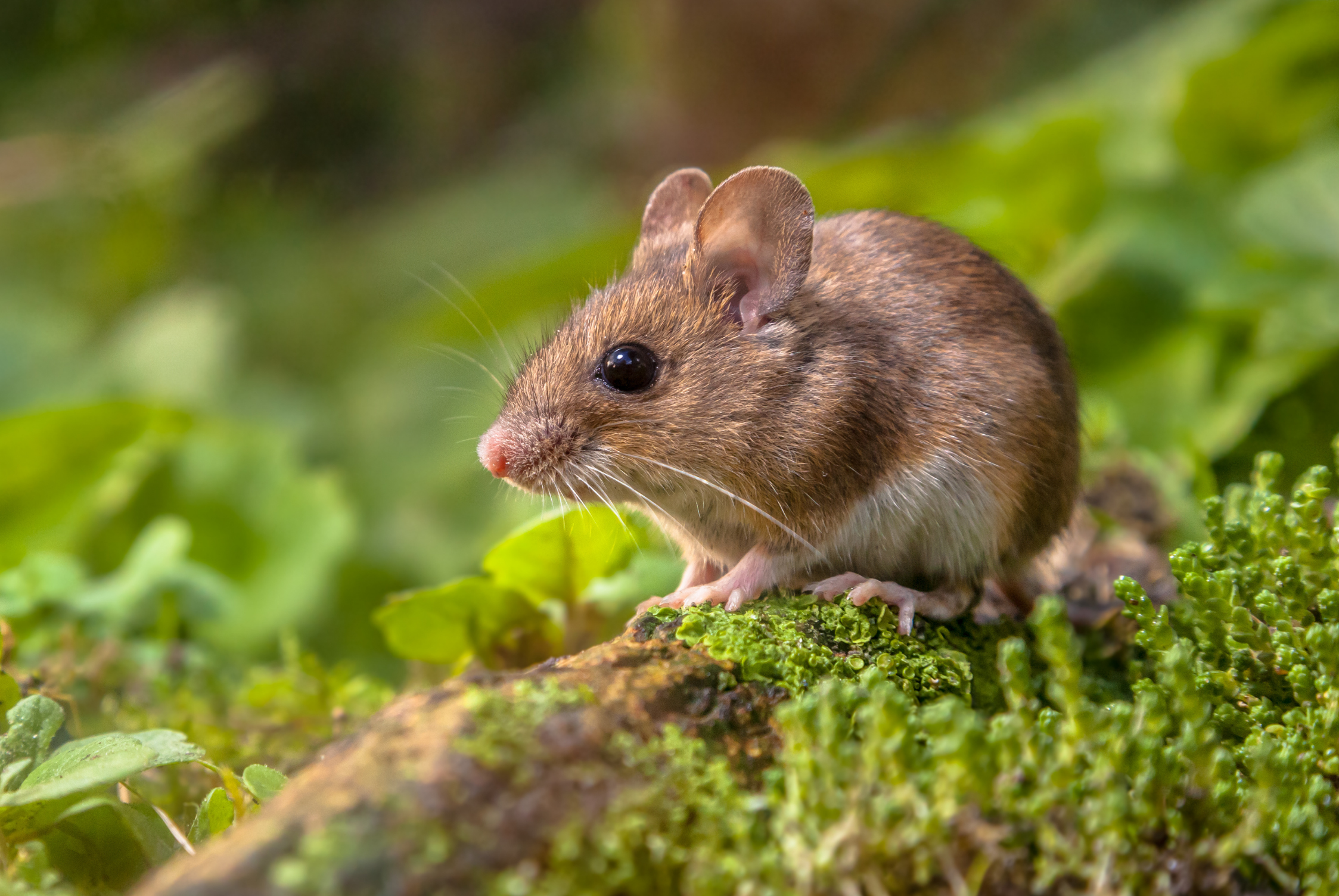
The Misunderstood Matter
Explore the truth about the creatures we fear, ignore, or blame.
Creature Feature
-
![]()
Opportunistic Omnivore
Animals like raccoons and opossums thrive in human spaces not because they’re pests, but because they’re adaptable problem-solvers.
-
![]()
Silent Stewards
Snakes are shy, mostly harmless animals wrongly feared as aggressive threats, yet they play a critical role in controlling pests and maintaining ecological balance.
-
![]()
Clever Carnivores
Carnivores like foxes, bobcats, and hawks are intelligent and ecologically vital predators whose misunderstood behavior helps keep wildlife populations in balance.
-
![]()
Resourceful Rodents
Rodents are often dismissed as nuisances, but they are critical to ecosystems as seed dispersers, prey animals, and soil engineers.
-
![]()
Savvy Scavengers
Scavengers such as vultures and coyotes perform essential work by preventing disease, recycling nutrients, and keeping our environment clean.
-
![]()
Nighttime Navigators
Uncover the truth about bats—gentle, insect-eating, night-flying mammals that play a vital role in ecosystems and are far more helpful than harmful.
-
![]()
Beneficial Bugs
Think all bugs are bad? Discover why the tiny creatures in your garden might be the unsung heroes of a healthy planet.
Educational Comics
Under Pressure
-
![]()
Hunting, trapping, and Persecution
Cause: Sport hunting, predator control, retaliation.
Effect: Some species are locally extirpated. Unregulated or illegal killing disrupts ecosystems.
-
![]()
Poisons and pesticides
Cause: Rodenticides, herbicides, insecticides.
Effect: Non-target animals suffer secondary poisoning, like hawks, owls, foxes, and bobcats eating poisoned prey. Insects that birds and amphibians rely on are also harmed.
-
![]()
Habitat Loss And Fragmentation
Cause: Urban development, agriculture, deforestation, road building.
Effect: Animals lose access to food, shelter, and breeding grounds. Populations become isolated, which reduces genetic diversity and resilience.
-
![]()
Vehicle Collisions
Cause: Roads cutting through wildlife habitats.
Effect: Millions of animals are killed annually by vehicles. Some species suffer major population declines in road-dense areas.
-
![]()
Outdoor Pets
Cause: Free-roaming domestic cats and dogs.
Effect: Cats alone kill an estimated 2–4 billion birds and 12+ billion small mammals annually in the U.S. They also spread disease to wildlife.
-
![]()
Climate Change
Cause: Greenhouse gas emissions from human activity.
Effect: Alters habitats and food availability, disrupts migration and breeding cycles, increases disease and extreme weather events.
-
![]()
Human food and trash
Cause: Unsecured garbage, intentional feeding, compost, pet food.
Effect: Wildlife become dependent, lose fear of people, and are more likely to be hit by cars, harmed, or euthanized as “nuisance” animals.
-
![]()
Misinformation and fear
Cause: Cultural myths, exaggerated media, lack of education.
Effect: Snakes, bats, coyotes, and others are killed out of fear or misunderstanding, even when they pose no threat and serve important ecological roles.


